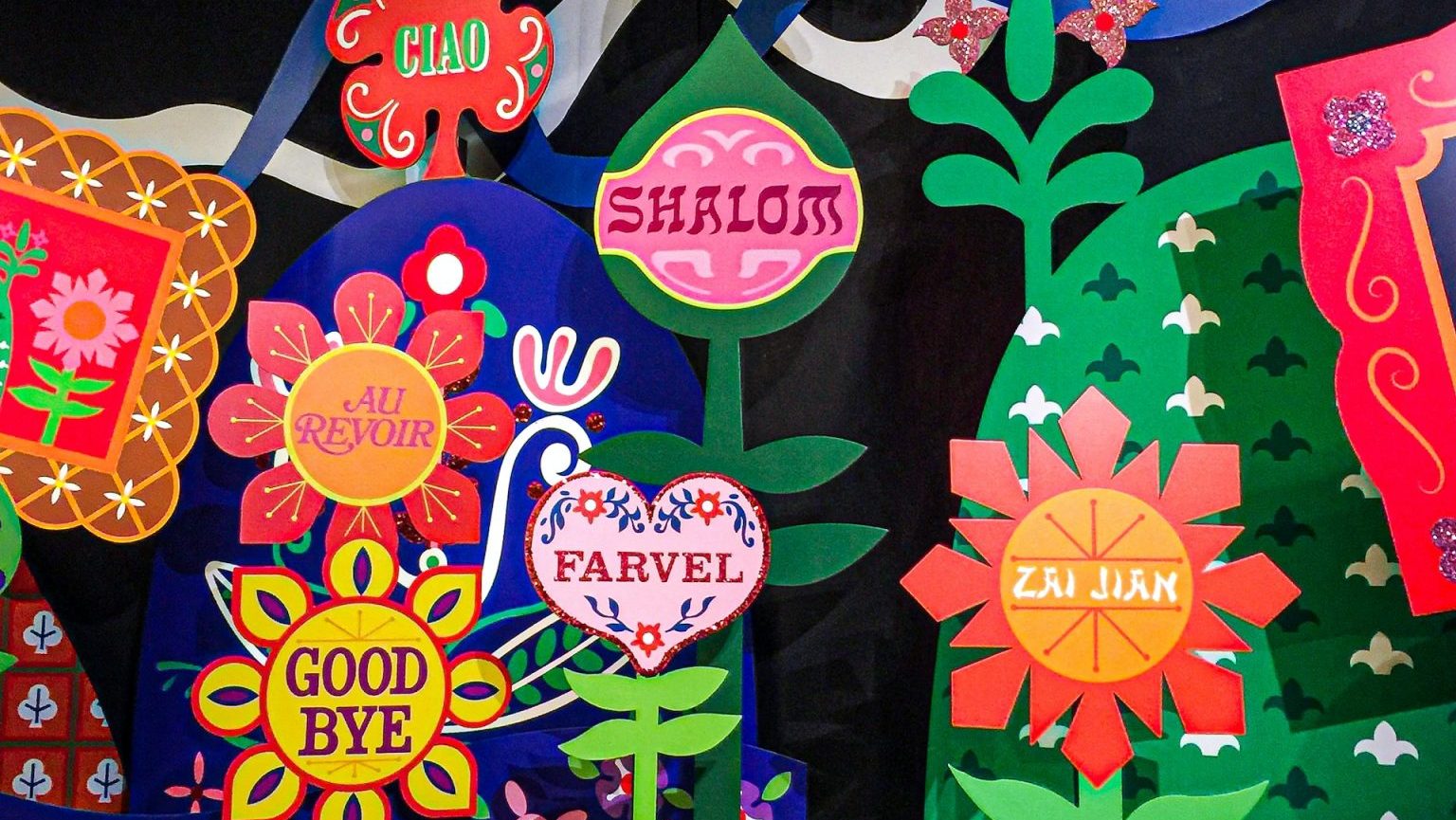Canada’s Bilingualism Grows Beyond French-English

Article written by guest writer Kecia Lynn
What’s the Latest Development?
A report published last week by Statistics Canada shows that the number of people who claim French as their original tongue and the number of people who consider themselves bilingual in both French and English has declined as a proportion of the population from 2006 to 2011. While Quebec continues to hold its own, partly due to immigrants who come from French-speaking countries, Canada’s predominantly-English-speaking provinces are drawing immigrants who claim neither French nor English as their mother tongue. The fastest growing of these languages, Tagalog, jumped ahead by 64% in the five-year period, reflecting the Philippines’ standing as the country supplying the most immigrants to Canada.
What’s the Big Idea?
Because the vast majority of immigrants do not live in Quebec, they learn English as their second tongue, and consequently they are changing what bilingualism means in Canada. For the most part, this finding has been well-received in most of the country, which prides itself on its multiculturalism. However, the Parti Québécois government is expected to introduce tougher pro-French language laws this week, including one that will require more businesses to use French in their workplaces.
Photo Credit: Shutterstock.com




